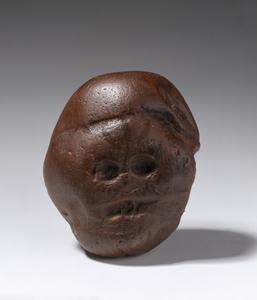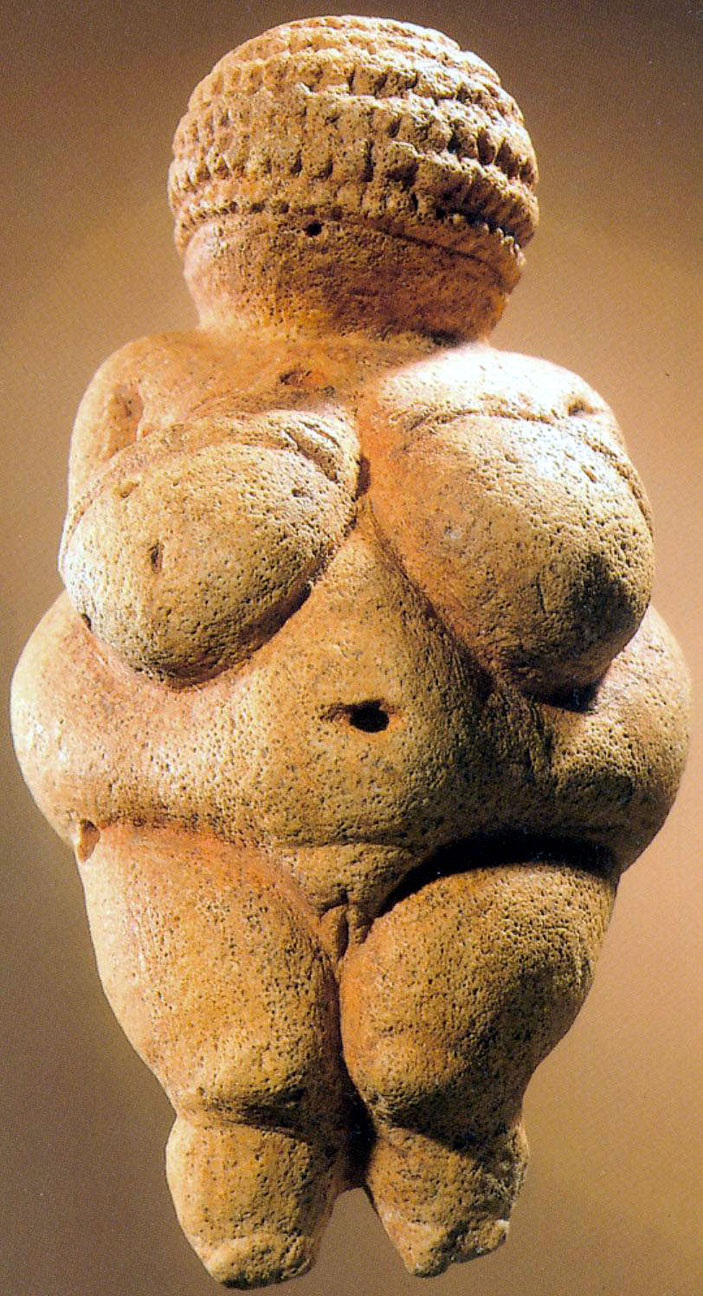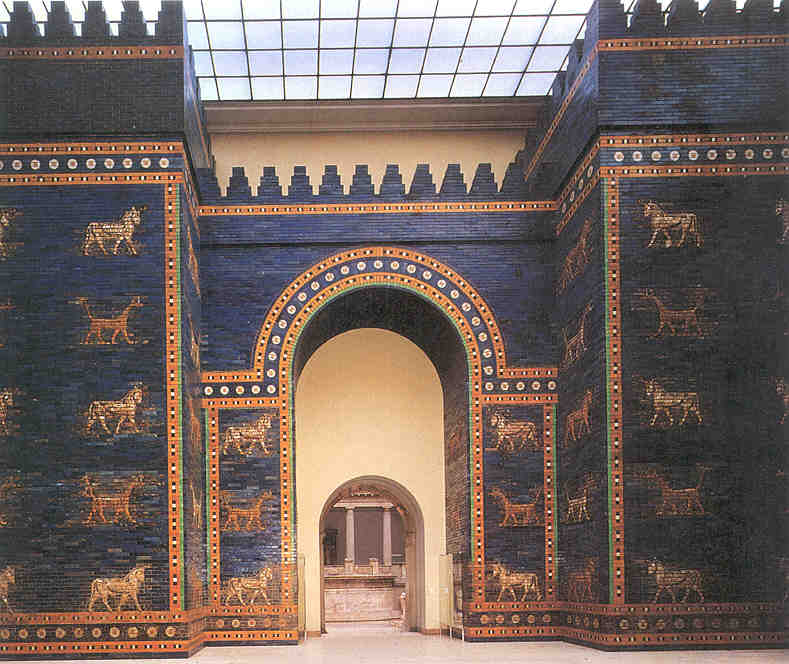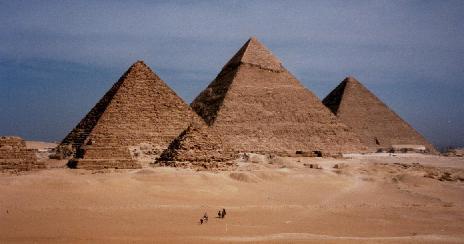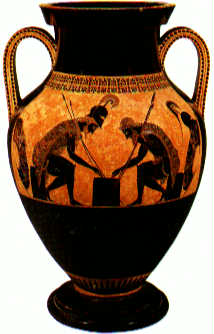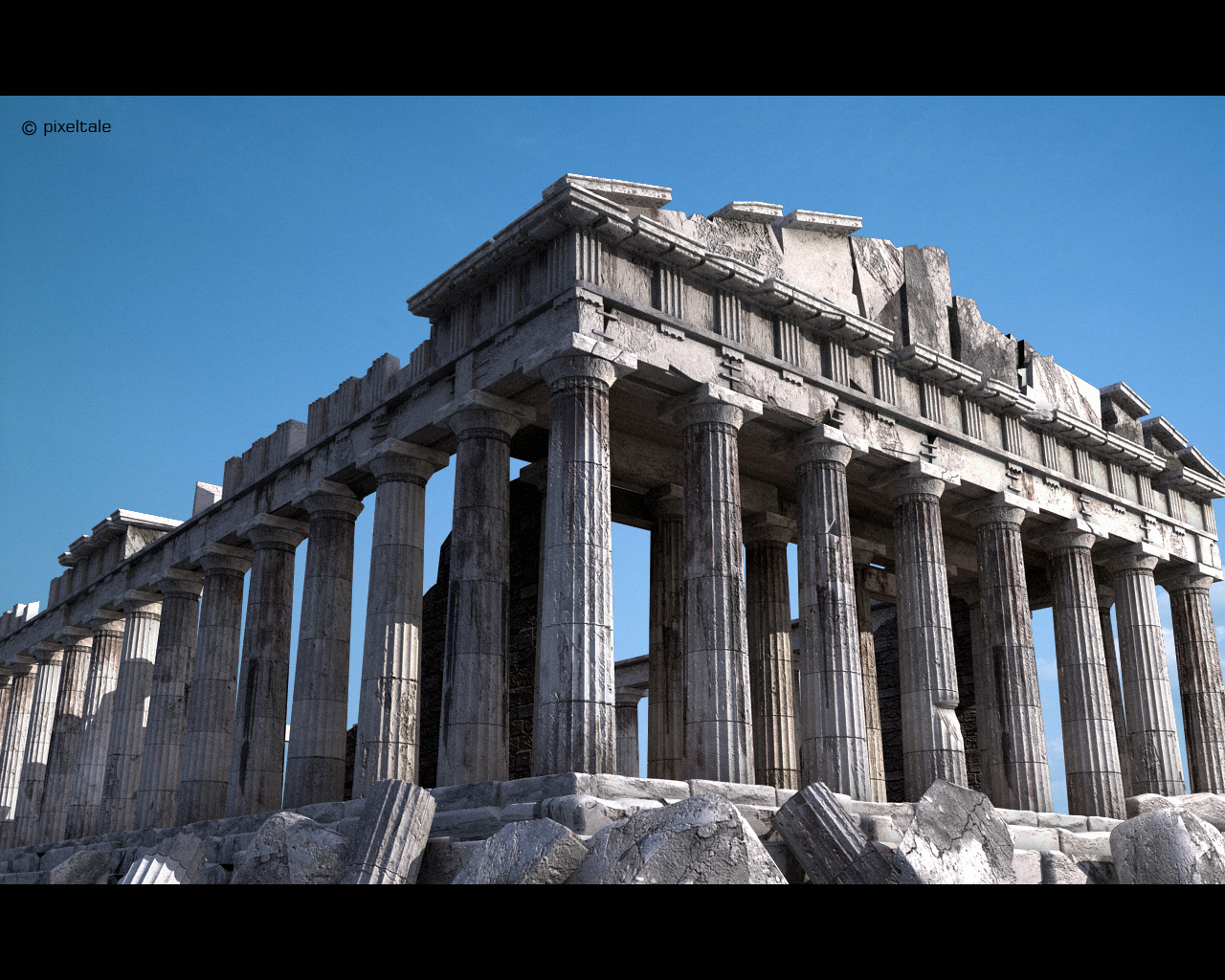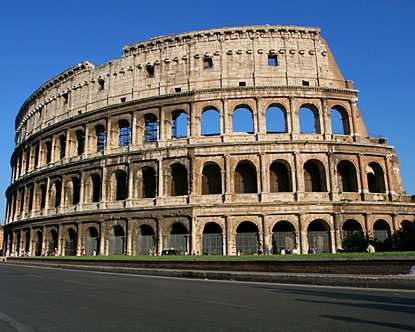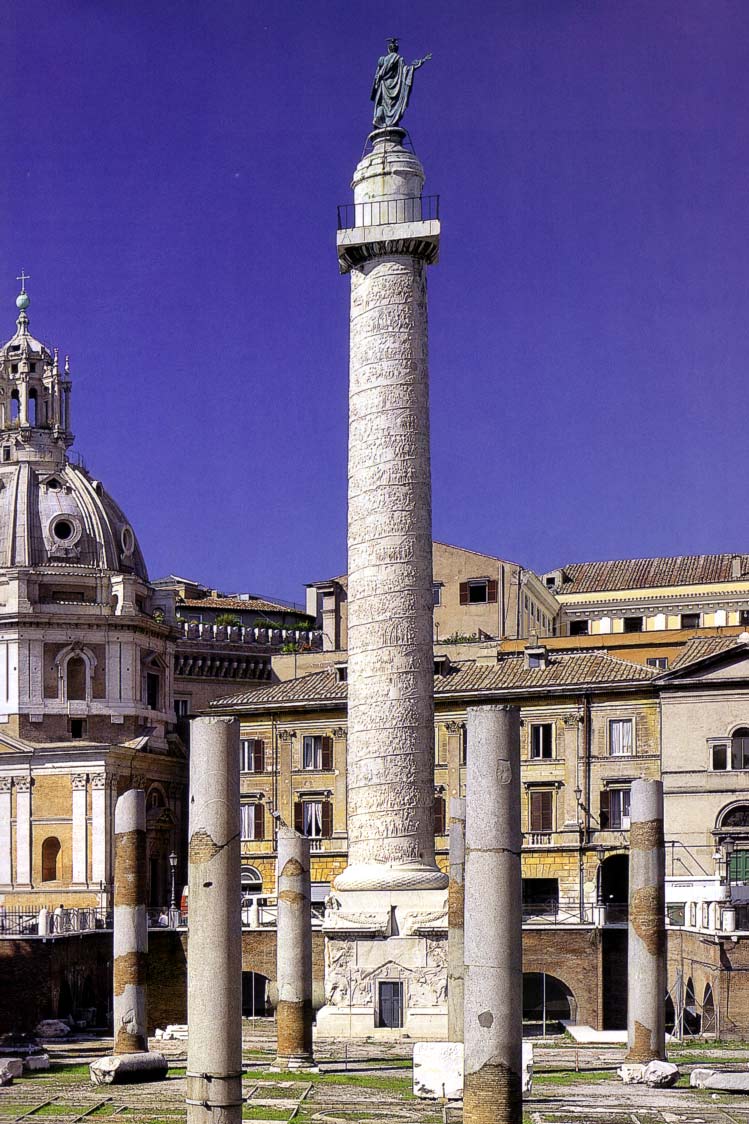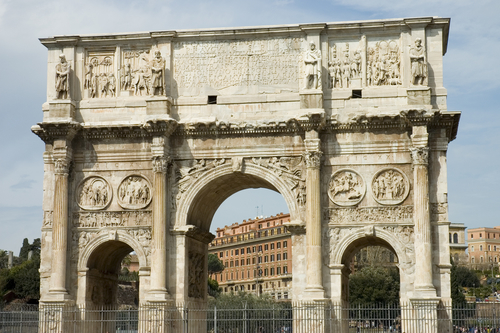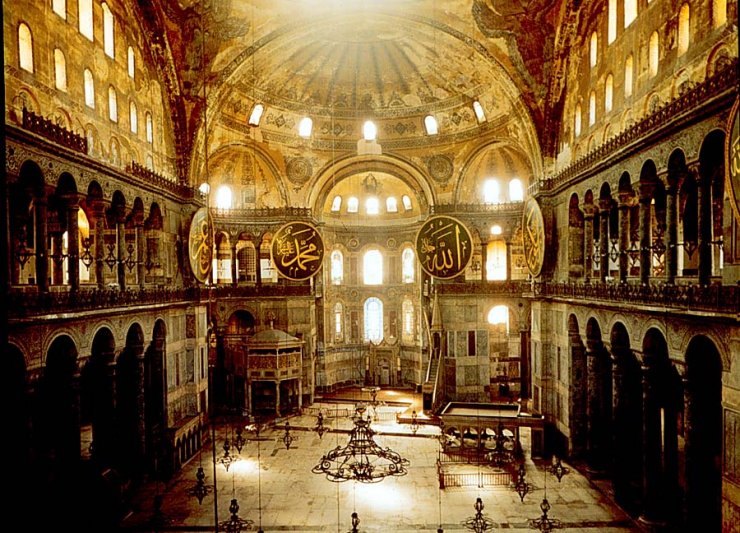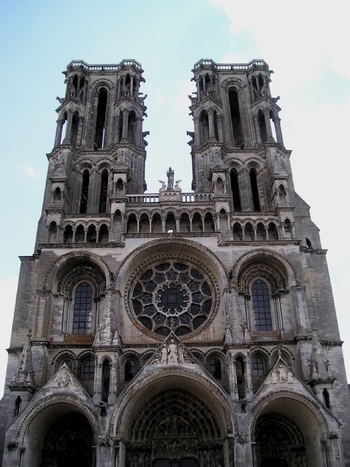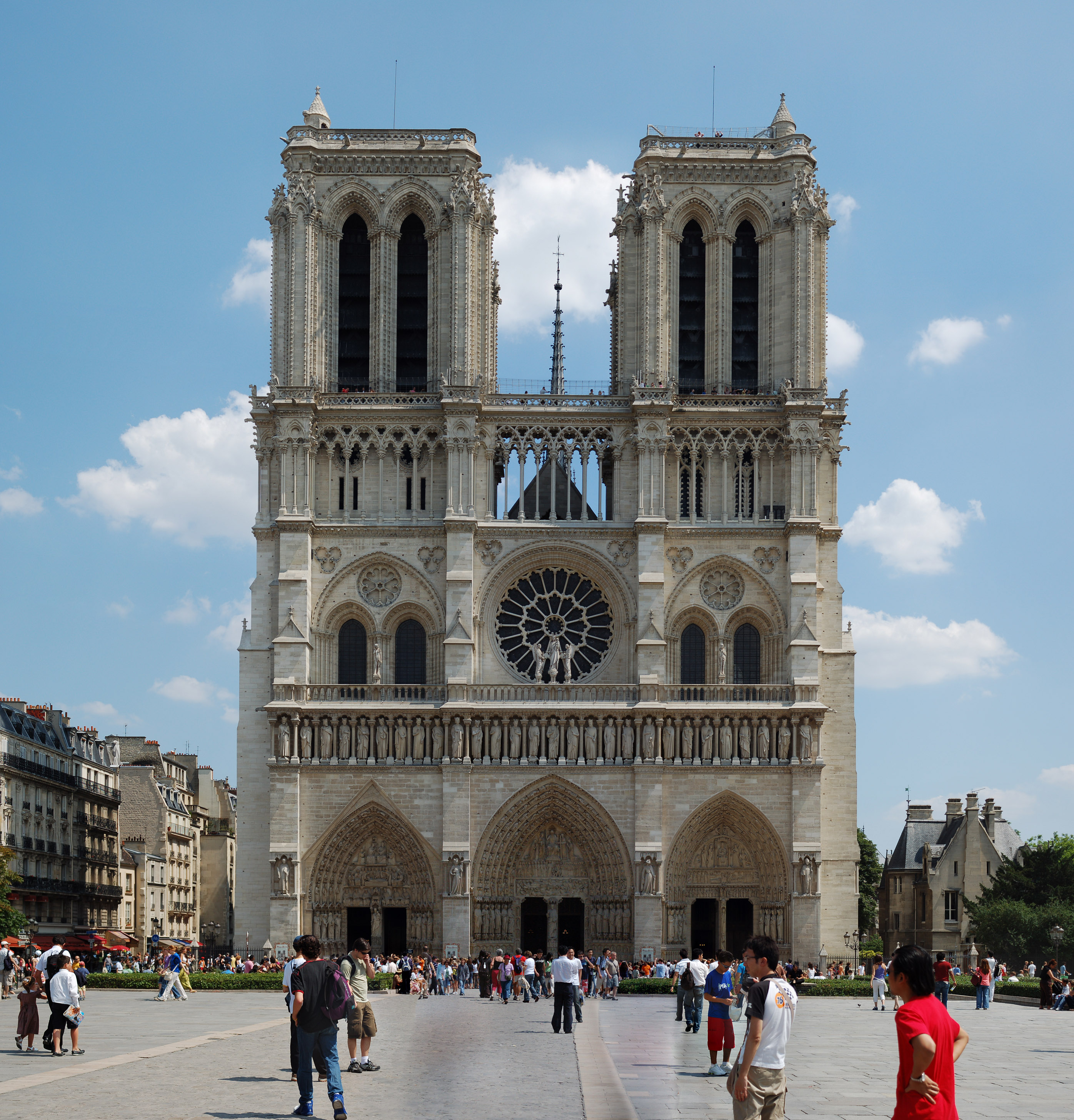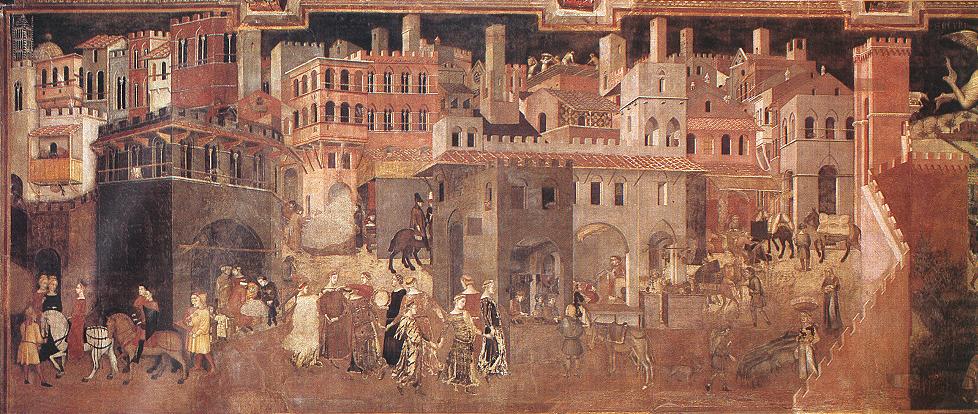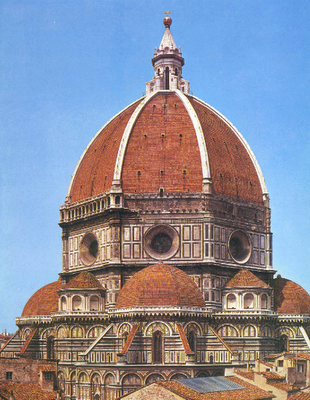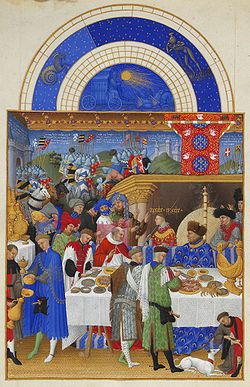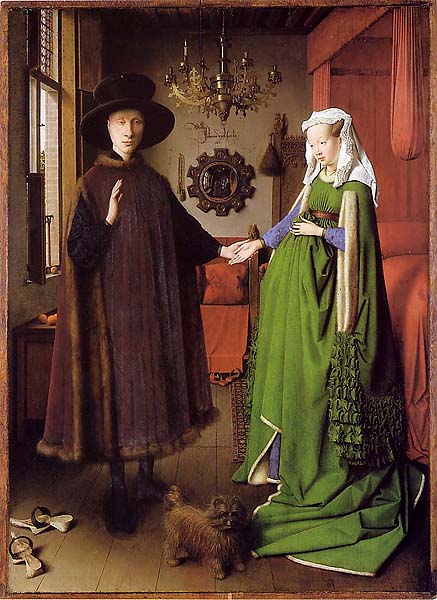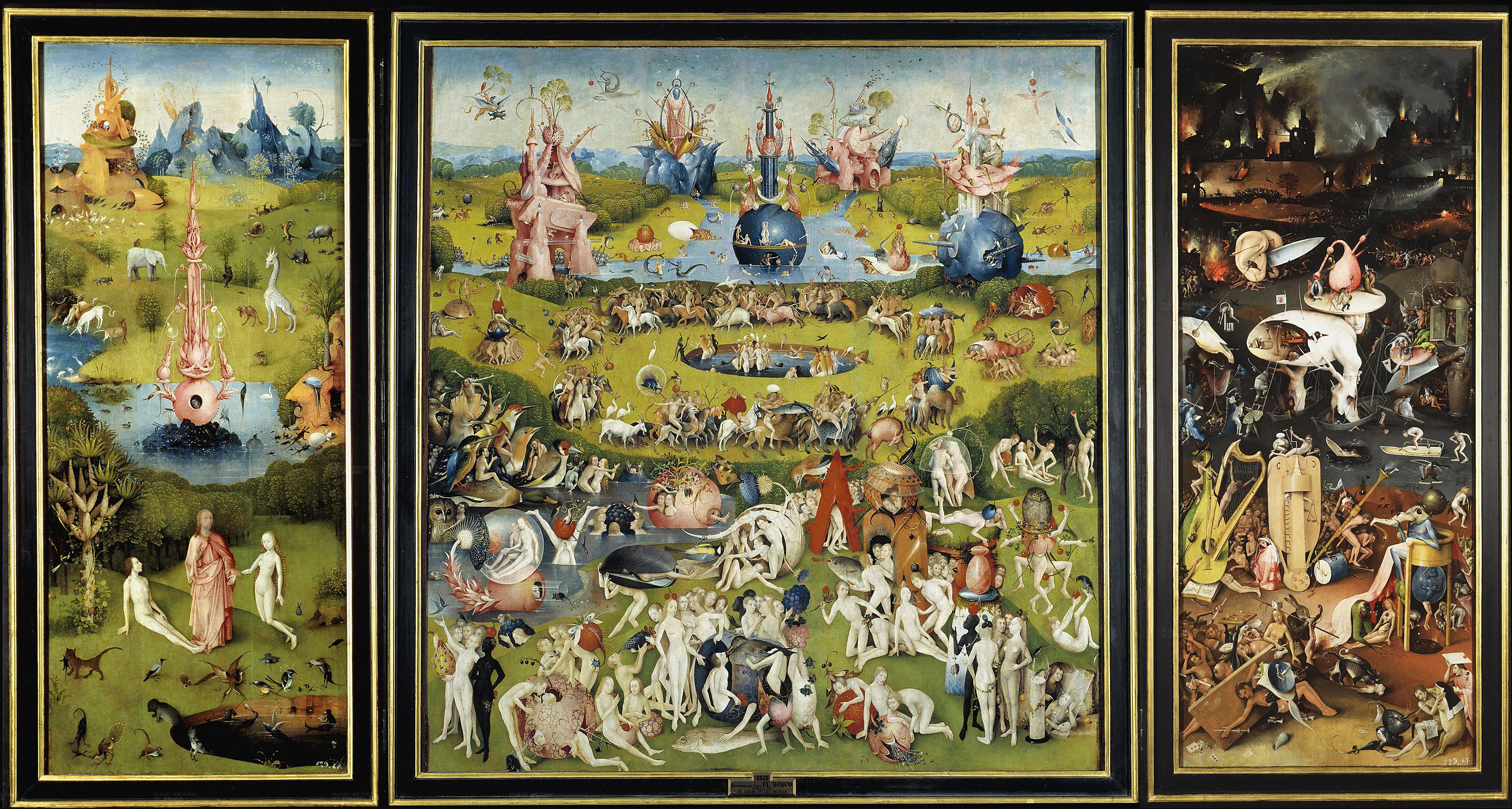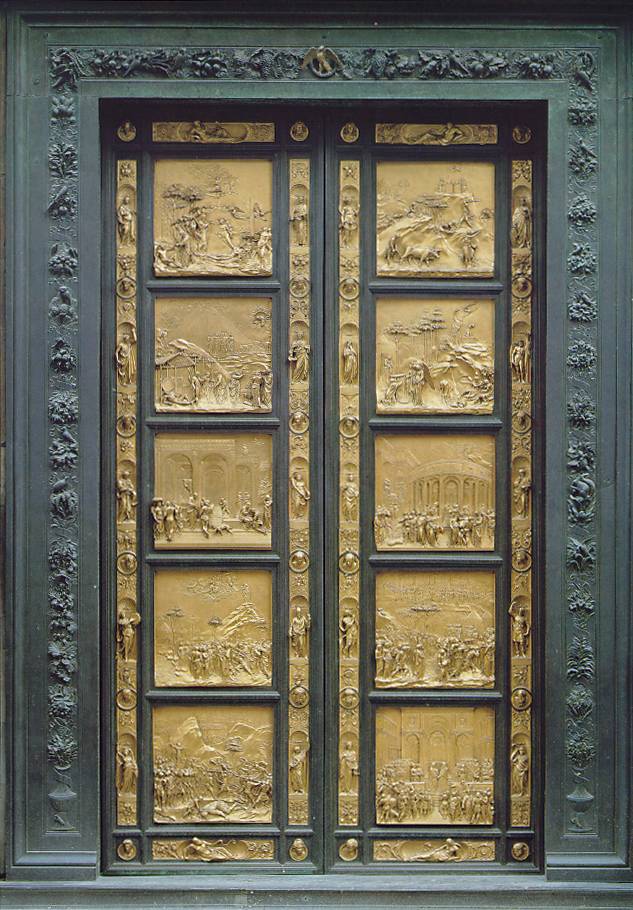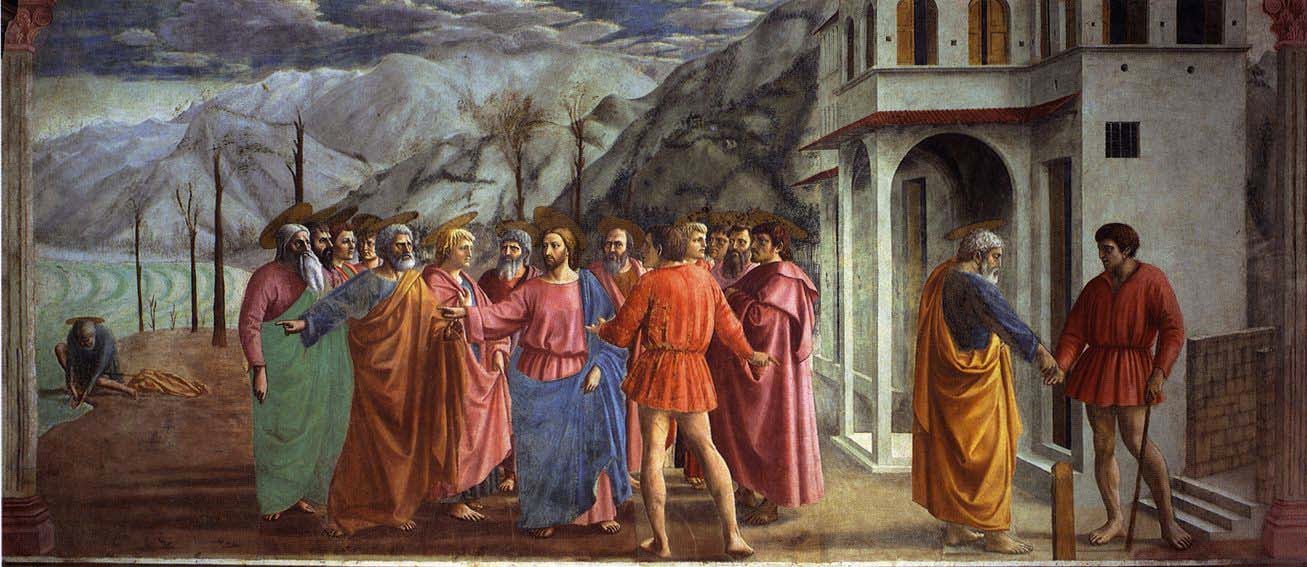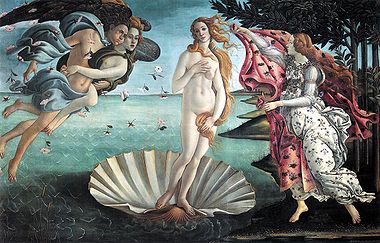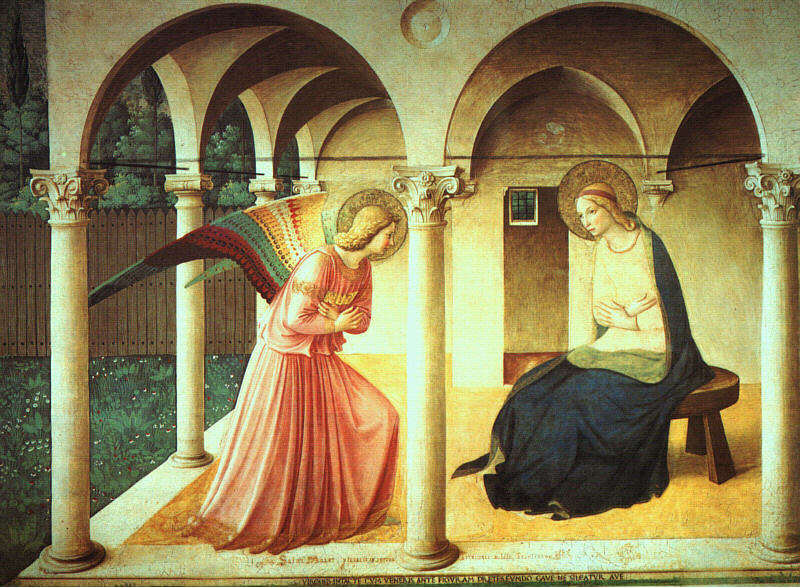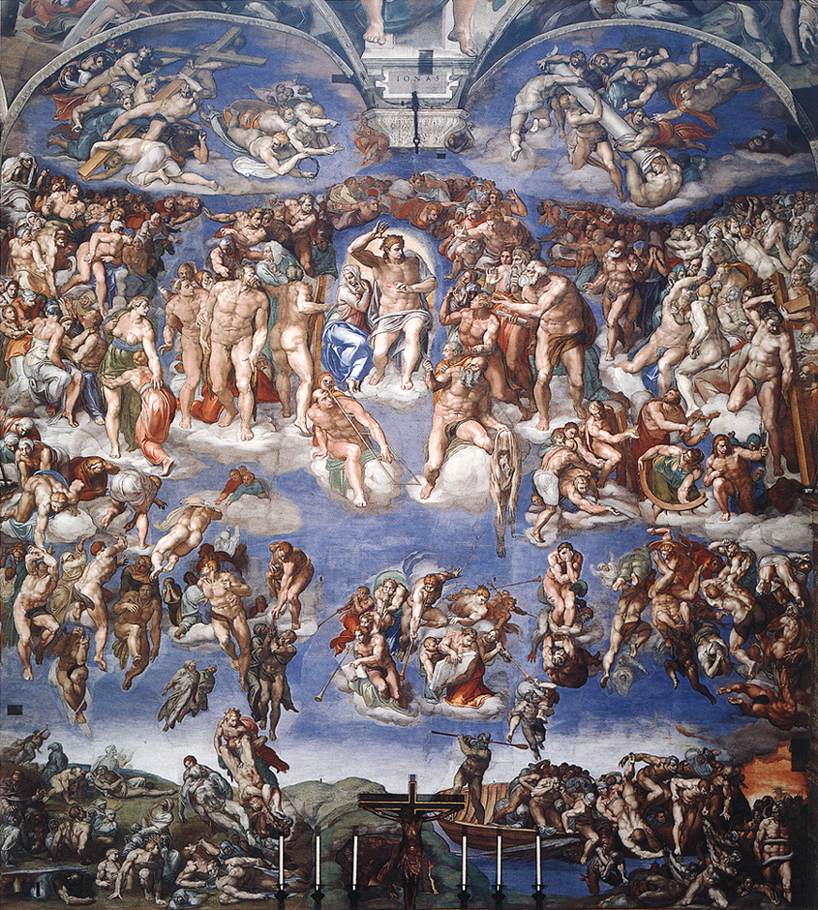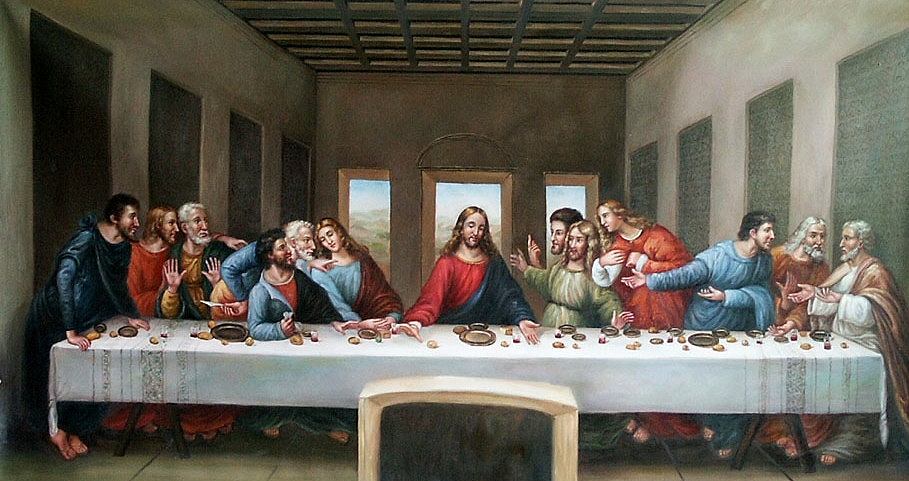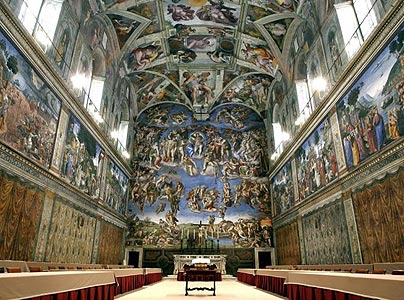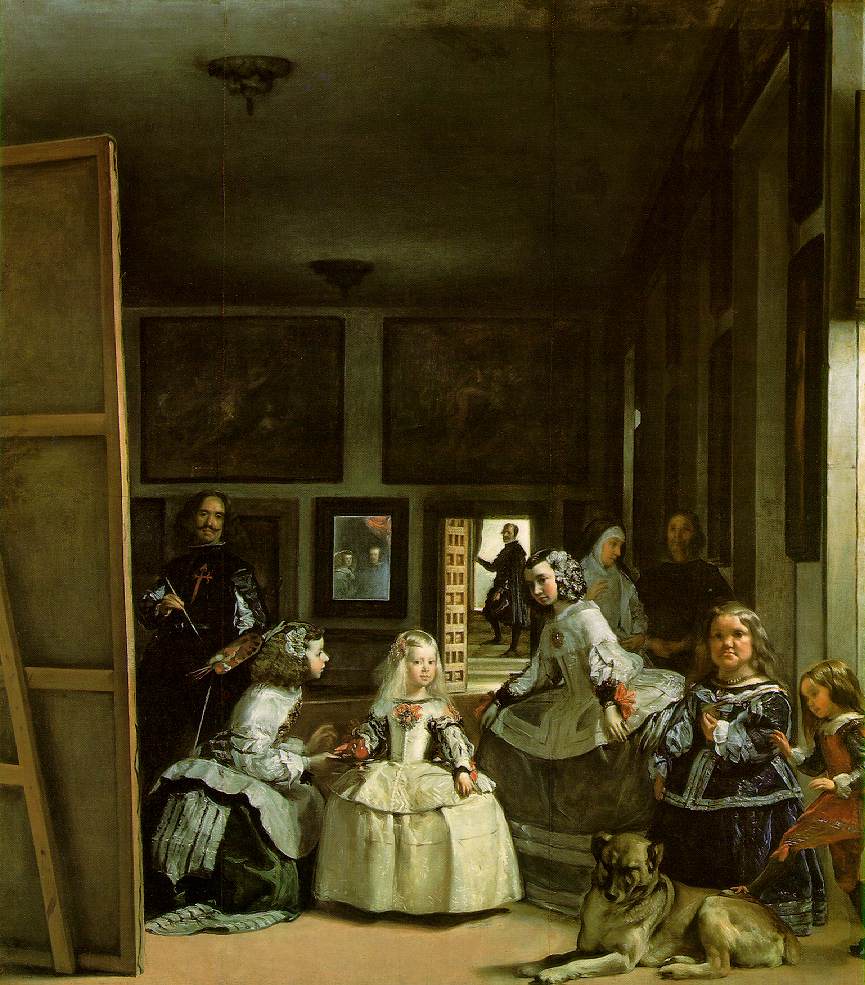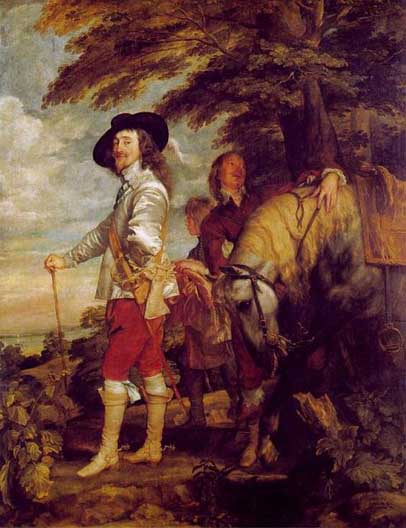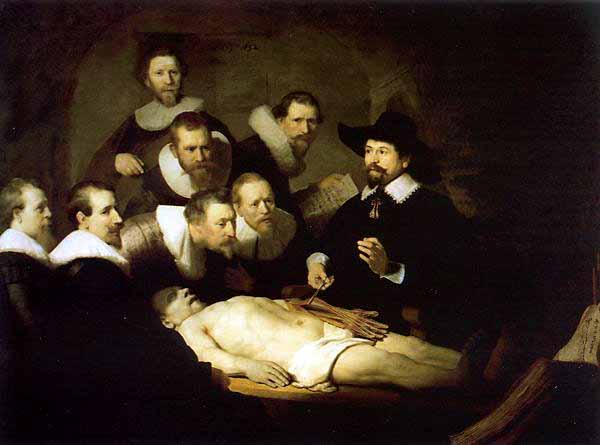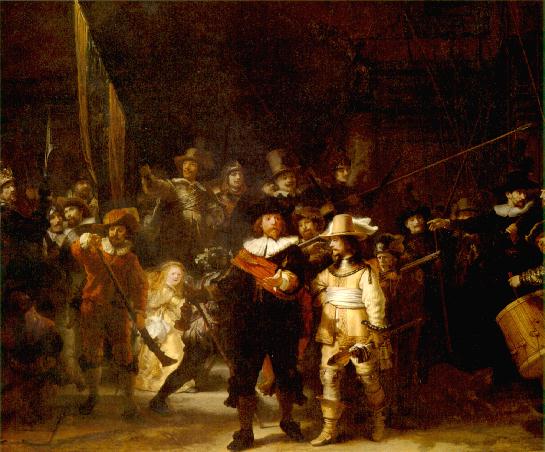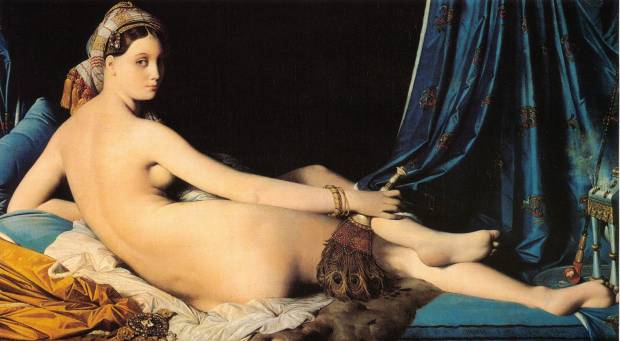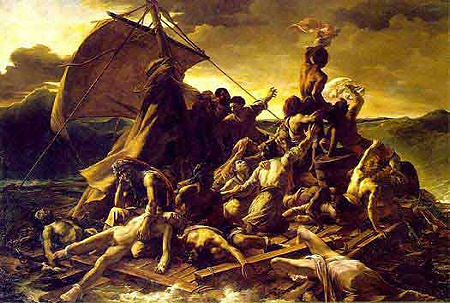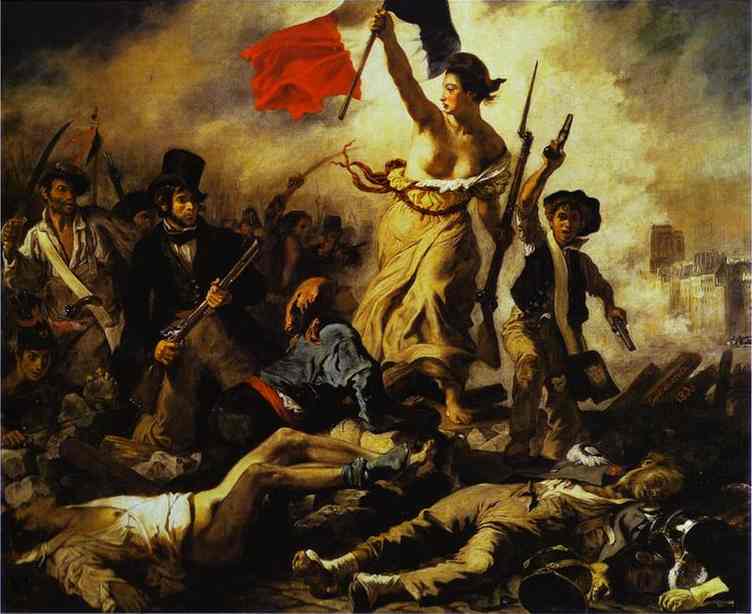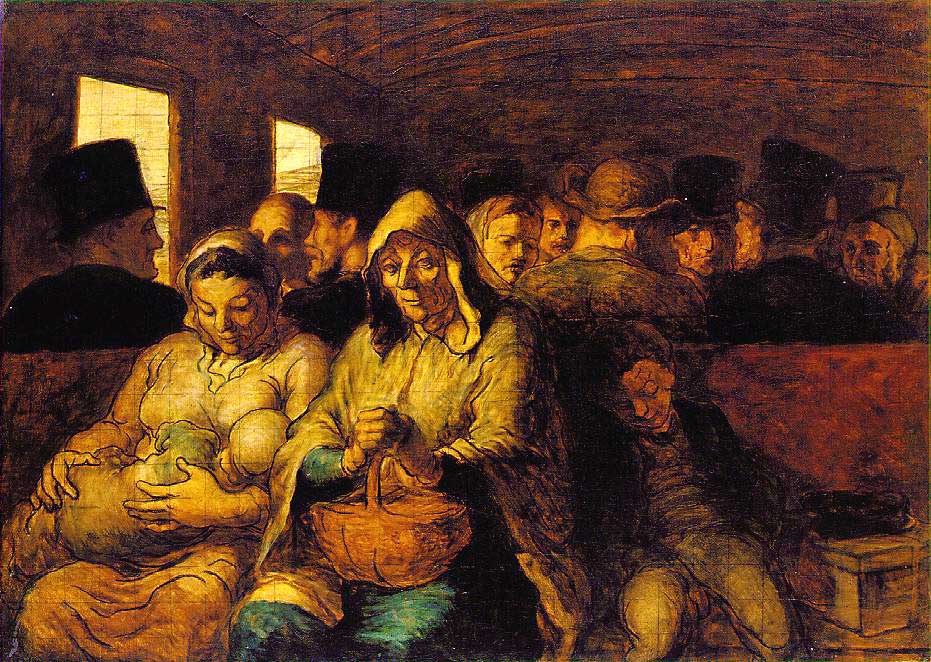AP Art History Exam Review!

There are many structures and works of art throughout history, whose beauty and meaning touches the souls of people. The quiz below is designed for art lovers who think they know all about the different works of art. If you are one of them, give it a shot and see how much you score.
- 1.
How old is this waterworn pebble resembling a human face from Makaspangat, South Africa?
- A.
23,000 BCE
- B.
30,000 BCE
- C.
3,000,000 BCE
- D.
2,000,000 BCE
Correct Answer
C. 3,000,000 BCEExplanation
This waterworn pebble resembling a human face from Makaspangat, South Africa is estimated to be approximately 3,000,000 BCE old.Rate this question:
-
- 2.
What does this nude woman (Venus of Willendorf) represent?
- A.
A woman
- B.
A fertility image
- C.
A god
Correct Answer
B. A fertility imageExplanation
The Venus of Willendorf is a prehistoric figurine depicting a nude woman with exaggerated features, such as large breasts and a rounded belly. It is believed to have been created as a fertility image, representing the concept of fertility and the female reproductive capabilities. The emphasis on the woman's body and reproductive features suggests that the figurine was created to symbolize and celebrate fertility, possibly serving as a talisman or object of worship related to fertility rituals.Rate this question:
-
- 3.
Stonehenge, Salisbury, England can be used to indicate the solstice
- A.
True
- B.
False
Correct Answer
A. TrueExplanation
Stonehenge, located in Salisbury, England, is an ancient monument that is believed to have been used for astronomical purposes. It is aligned with the movements of the sun, and during the summer and winter solstices, the sun rises and sets in alignment with specific stones at Stonehenge. This alignment suggests that Stonehenge was indeed used to indicate the solstice, making the statement true.Rate this question:
-
- 4.
Eyes are occasionally referred to as .............
Correct Answer
Windows to the soul
A window to the soul
window to soul
windows to the soulExplanation
The phrase "Windows to the soul" is a metaphorical expression that suggests that a person's eyes can reveal their true thoughts, emotions, and inner self. It implies that by looking into someone's eyes, one can gain insight into their character and intentions. The variations in the answer options are simply different forms of the same metaphorical expression.Rate this question:
- 5.
This is referred to as ...
- A.
The Standard of Ur
- B.
The Ur Tapestry
Correct Answer
A. The Standard of UrExplanation
The Standard of Ur is a historical artifact that was discovered in the ancient city of Ur in Mesopotamia. It is a wooden box with intricate mosaics depicting scenes of war and peace. The artifact is believed to have been used as a ceremonial standard or a musical instrument. It provides valuable insights into the culture, art, and military practices of the Sumerians, who inhabited the region around 2600-2400 BCE. The Standard of Ur is considered a significant archaeological find and is displayed in the British Museum in London.Rate this question:
-
- 6.
The Ishtar Gate is from ..........
Correct Answer
Babylon
Iraq
Babylon, IraqExplanation
The Ishtar Gate is from Babylon, Iraq. This ancient gate was one of the eight gates of the city of Babylon, located in present-day Iraq. It was constructed during the reign of King Nebuchadnezzar II in the 6th century BCE and served as the entrance to the city. The gate was dedicated to the Babylonian goddess Ishtar and was known for its impressive blue glazed bricks adorned with intricate animal motifs. Today, the remains of the Ishtar Gate can be found in the Pergamon Museum in Berlin, Germany.Rate this question:
- 7.
These are not the Great Pyramids of Gizeh
- A.
True
- B.
False
Correct Answer
B. FalseExplanation
False. These are the Great Pyramids.Rate this question:
-
- 8.
Is this an example of the Black Figure Technique?
- A.
True
- B.
False
Correct Answer
A. TrueExplanation
This question is asking if the given example is an example of the Black Figure Technique. The answer provided is "True," indicating that the example does indeed demonstrate the Black Figure Technique. However, without any additional context or information about the Black Figure Technique or the example in question, it is difficult to provide a more detailed explanation.Rate this question:
-
- 9.
What is this structure called?
- A.
The Parthenon
- B.
The Acropolis
- C.
The Pantheon
Correct Answer
A. The ParthenonExplanation
The correct answer is The Parthenon. The Parthenon is a famous ancient Greek temple located on the Acropolis in Athens. It was built in the 5th century BC and is considered a symbol of classical Greek architecture. The Pantheon, on the other hand, is a Roman temple in Rome, Italy, and the Acropolis is the hill on which the Parthenon is situated.Rate this question:
-
- 10.
What is this building called?
Correct Answer
Colosseum
The ColosseumExplanation
The building in question is commonly known as the Colosseum. It is an ancient amphitheater located in Rome, Italy. The name "Colosseum" is derived from the Latin word "colosseus," meaning colossal or gigantic, which accurately describes the size and grandeur of the structure. The definite article "the" is often used before the name, hence "The Colosseum." This architectural marvel was primarily used for gladiatorial contests, public spectacles, and other events during the Roman Empire. Today, it is a popular tourist attraction and a symbol of Rome's rich history and cultural heritage.Rate this question:
- 11.
What is this called?
Correct Answer
The Column of Trajan
Column of TrajanExplanation
The correct answer is "The Column of Trajan" or "Column of Trajan". This refers to a monument known as the Column of Trajan, which is a Roman triumphal column located in Rome, Italy. It was built to commemorate the military victories of the Roman emperor Trajan during the Dacian Wars. The column is decorated with a spiral relief sculpture that depicts scenes from the wars and is considered one of the best-preserved examples of Roman art.Rate this question:
- 12.
the Arch of Constantine is located in which European city?
- A.
Paris, France
- B.
London, England
- C.
Rome, Italy
- D.
Milan, Italy
Correct Answer
C. Rome, ItalyExplanation
The Arch of Constantine is located in Rome, Italy. This iconic monument was built to commemorate the victory of Emperor Constantine in the Battle of Milvian Bridge in 312 AD. It stands near the Colosseum and is considered as one of the most important triumphal arches in Rome. The arch showcases intricate reliefs and sculptures that depict scenes from ancient Roman history. Its location in Rome, Italy, makes it a significant landmark in the city's rich historical and architectural heritage.Rate this question:
-
- 13.
............... are ancient, human-made subterranean passageways for burial or protection.[1]Any chamber used as a burial place can be described as a ............., although the word is most commonly associated with the Roman empire.[2] Many are under cities and have been popularised by stories of their use as war refuges, smugglers' hideouts, or meeting places for cults.
Correct Answer
Catacomb
CatacombsExplanation
Catacombs are ancient, human-made subterranean passageways that were used for burial or protection. Any chamber used as a burial place can be described as a catacomb, although the word is most commonly associated with the Roman empire. Many catacombs are located under cities and have been popularized by stories of their use as war refuges, smugglers' hideouts, or meeting places for cults.Rate this question:
- 14.
This is a picture of.............................?
Correct Answer
Hagia Sophia
the Hagia SophiaExplanation
The correct answer is "Hagia Sophia, the Hagia Sophia." The explanation for this answer is that the picture is of the famous historical site called Hagia Sophia. The repetition of "the Hagia Sophia" in the answer may be redundant, but it still correctly identifies the subject of the picture as the specific building known as Hagia Sophia.Rate this question:
- 15.
What cathedral is this?
- A.
Chartres
- B.
Notre Dame
- C.
Laon
Correct Answer
C. LaonExplanation
The correct answer is Laon because the question asks for the name of the cathedral in the given picture. Since the options are Chartres, Notre Dame, and Laon, and the picture matches the architecture of the Laon Cathedral, it can be concluded that the correct answer is Laon.Rate this question:
-
- 16.
What cathedral is this?
- A.
Chartres
- B.
Notre Dame
- C.
Laon
Correct Answer
B. Notre DameExplanation
The correct answer is Notre Dame because the question is asking for the name of the cathedral shown in the picture. Chartres and Laon are also famous cathedrals, but the given image is most commonly associated with Notre Dame.Rate this question:
-
- 17.
A façade is generally one side of the exterior of a building, especially the front, but also sometimes the sides and rear. The word comes from the French language, literally meaning "frontage" or "face".
- A.
True
- B.
False
Correct Answer
A. TrueExplanation
The explanation for the given correct answer is that a façade refers to one side of the exterior of a building, typically the front, but can also include the sides and rear. The term originates from the French language and translates to "frontage" or "face." This means that the statement "A façade is generally one side of the exterior of a building, especially the front, but also sometimes the sides and rear" is true.Rate this question:
-
- 18.
Peaceful City is a detail from .....................................
Correct Answer
Effects of Good Goverment
Effects of Good Goverment in the City and in the Country
The Effects of Good GovermentExplanation
The correct answer is "Effects of Good Government, Effects of Good Government in the City and in the Country, The Effects of Good Government." This answer is correct because it includes all three options provided in the question. The question asks for the title or source from which "Peaceful City" is taken, and the answer accurately lists all three options as potential sources.Rate this question:
- 19.
........................... designed and built the dome of the Florence Cathedral.
Correct Answer
Filippo Brunelleschi
BrunelleschiExplanation
Filippo Brunelleschi is the correct answer to the question. He was an Italian architect and engineer who designed and built the dome of the Florence Cathedral. His innovative techniques and architectural skills allowed him to construct the dome without the need for external scaffolding. Brunelleschi's dome is considered a masterpiece of Renaissance architecture and remains an iconic symbol of Florence.Rate this question:
- 20.
The Limbourg Brothers designed the book............................an example from the book is below
Correct Answer
Book of Hours
Les Tres Riches Heures du Duc de Berry
Tres Riches Heures
The Book of HoursExplanation
The correct answer is "Book of Hours, Les Tres Riches Heures du Duc de Berry, Tres Riches Heures, The Book of Hours." The Limbourg Brothers designed the book called "Les Tres Riches Heures du Duc de Berry," which is commonly referred to as "Tres Riches Heures" or "The Book of Hours."Rate this question:
- 21.
Who was the Well of Moses made by?
- A.
Claus Sluter
- B.
Brunelleschi
- C.
Botticelli
Correct Answer
A. Claus SluterExplanation
The Well of Moses was made by Claus Sluter.Rate this question:
-
- 22.
Who is the Artist of this painting?
- A.
Robert Campin
- B.
Jan Van Eyck
- C.
Rogier Van Der Weyden
Correct Answer
B. Jan Van EyckExplanation
Jan Van Eyck is the correct answer because he was a renowned Flemish painter during the early Renaissance period. He was known for his attention to detail and realistic representation in his paintings. His most famous work, the Arnolfini Portrait, showcases his mastery of light, texture, and intricate details. Van Eyck's contributions to art and his innovative techniques have made him one of the most influential artists of his time.Rate this question:
-
- 23.
.......................... was the artist of this picture which is titled...............................
Correct Answer
Hieronymus Bosch, Garden of Earthly Delights
Bosch, Garden of Earthly Delights
Bosch, The Garden of Earthly Delights
Hieronymus Bosch, The Garden of Earthly DelightsExplanation
The correct answer is Hieronymus Bosch, Garden of Earthly Delights. This is because the artist of the picture is Hieronymus Bosch, and the title of the picture is Garden of Earthly Delights.Rate this question:
- 24.
___________________ is the artist of the doors of the baptistery of Florence Cathedral in Florence Italy.
Correct Answer
Lorenzo Ghiberti
Ghiberti
Ghiberti, LorenzoExplanation
Lorenzo Ghiberti is the correct answer for the artist of the doors of the baptistery of Florence Cathedral in Florence, Italy. Ghiberti is a renowned Italian artist known for his work on the bronze doors of the baptistery, which are considered a masterpiece of Renaissance sculpture. His full name, Lorenzo Ghiberti, can also be used to refer to him.Rate this question:
- 25.
________________ is the artist of this painting titled ________________________
Correct Answer
Masaccio, Tribute Money
Masaccio, The Tribute Money
Masaccio, the Tribute Money
Masaccio, Tribute Money - 26.
...................... is the artist of this painting
Correct Answer
Sandro Botticelli
BotticelliExplanation
The correct answer is Sandro Botticelli or Botticelli. These are both correct because Sandro Botticelli is the full name of the artist, while Botticelli is a commonly used nickname or surname for him.Rate this question:
- 27.
Who is the artist of this painting?
Correct Answer
Fra Angelico
AngelicoExplanation
The artist of this painting is Fra Angelico, also known as Angelico.Rate this question:
- 28.
Who is the artist of this painting, and what is the title?
Correct Answer
Michelangelo Buonarroti, Last Judgement
Buonarroti, The Last Judgement
Buonarroti, Last JudgementExplanation
The correct answer is Michelangelo Buonarroti, Last Judgement. This is the correct answer because it provides both the artist's name (Michelangelo Buonarroti) and the title of the painting (Last Judgement). The other options either have a missing comma or use a different arrangement of the artist's name and title.Rate this question:
- 29.
What are the materials used in the Fresco of Leonardo Da Vinci's Last Supper
Correct Answer
Oil and tempura
oil and tempura
tempura and oil
Tempura and OilExplanation
The correct answer is oil and tempura. Fresco is a painting technique where pigments are mixed with water and applied onto wet plaster. However, Leonardo Da Vinci's Last Supper was not painted using the fresco technique. Instead, he used a combination of oil and tempera paints on a dry wall. This allowed him more time to work on the details and achieve the desired effects.Rate this question:
- 30.
Is Michealangle Buonarroti's David is made out of Marble?
- A.
True
- B.
False
Correct Answer
A. TrueExplanation
Michelangelo Buonarroti's David is indeed made out of marble. This iconic sculpture was created by Michelangelo between 1501 and 1504, and it is widely recognized as a masterpiece of Renaissance art. The statue stands at over 17 feet tall and depicts the biblical figure David. It was carved from a single block of marble and showcases Michelangelo's exceptional skill and attention to detail. The use of marble in this sculpture adds to its grandeur and durability, making it a lasting symbol of beauty and strength.Rate this question:
-
- 31.
Where is Michealangelo's Ceiling of the Sistine Chapel located?
- A.
Madrid, Spain
- B.
Rome, Italy
- C.
Paris, France
Correct Answer
B. Rome, ItalyExplanation
The correct answer is Rome, Italy. The Sistine Chapel is located in Vatican City, which is an independent city-state within Rome, Italy. It is renowned for its stunning artwork, including Michelangelo's famous ceiling frescoes.Rate this question:
-
- 32.
Who is the artist of School of Athens?
- A.
Raphael
- B.
Michealangelo
- C.
Da Vinci
Correct Answer
A. RaphaelExplanation
The correct answer is Raphael. Raphael is the artist of the famous painting "School of Athens." This masterpiece is located in the Vatican and depicts a gathering of famous philosophers, scientists, and mathematicians from ancient Greece. Raphael's skillful use of perspective, composition, and attention to detail in this painting showcases his talent as an artist.Rate this question:
-
- 33.
Who is the artist of Las Meninas or The Maids of Honor?
- A.
Carvaggio
- B.
El Greco
- C.
Diego Velaquez
Correct Answer
C. Diego VelaquezExplanation
Diego Velazquez is the correct answer because he is the artist who painted Las Meninas or The Maids of Honor. Velazquez was a Spanish painter during the Baroque period and is considered one of the most important artists in Spanish history. Las Meninas is his most famous and iconic work, depicting a group portrait of the Spanish royal family and their attendants. Velazquez's mastery of light, composition, and attention to detail in this painting has made it a significant and influential piece of art.Rate this question:
-
- 34.
The Artist of "Ecstasy of Saint Teresa" is.....
- A.
Gianlorenzo Bernini
- B.
Francesco Borromini
- C.
Carlo Maderno
Correct Answer
A. Gianlorenzo BerniniExplanation
Gianlorenzo Bernini is the correct answer because he was the artist who created the sculpture "Ecstasy of Saint Teresa." This artwork is one of Bernini's most famous works and is located in the Cornaro Chapel of the Santa Maria della Vittoria church in Rome. The sculpture depicts Saint Teresa in a state of spiritual ecstasy, with intricate details and a sense of movement that is characteristic of Bernini's Baroque style.Rate this question:
-
- 35.
Gianlorenzo Bernini was also the artist of the facade of San Carlo alle Quattro Fontane. True or False?
- A.
True
- B.
False
Correct Answer
B. FalseExplanation
False. It was BorrominiRate this question:
-
- 36.
Who was "Sister Wendy" commenting on when she said "He was highly regarded as the bad boy of art, I myself don't go along with this although I admit he did kill someone over a game of tennis" ?Inside joke with our Art History class. Doesn't count for any points.
- A.
Carracci
- B.
Gaulli
- C.
Gentileschi
- D.
Carvaggio
Correct Answer
D. CarvaggioExplanation
Sister Wendy was commenting on Carvaggio when she said "He was highly regarded as the bad boy of art, I myself don't go along with this although I admit he did kill someone over a game of tennis." This statement suggests that Carvaggio had a reputation for being rebellious and controversial in the art world. Sister Wendy personally disagrees with this perception, but acknowledges that Carvaggio was involved in a violent incident related to a game of tennis.Rate this question:
-
- 37.
Peter Paul Rubens is referred to as the "Master of Flesh".. True or False?
- A.
True
- B.
False
Correct Answer
A. TrueExplanation
Peter Paul Rubens is referred to as the "Master of Flesh" because of his exceptional ability to depict the human body with a high level of realism and sensuality. His paintings often showcased the softness, warmth, and physicality of the human flesh, making him renowned for his mastery in capturing the human form. Rubens' skill in rendering the textures, tones, and contours of the body earned him this title and solidified his reputation as one of the greatest Baroque painters.Rate this question:
-
- 38.
What is the title of this painting, by Anthony Van Dyck?
Correct Answer
Charles the 1st Dismounted
Charles I Dismounted
Charles 1st DismountedExplanation
The correct answer is "Charles the 1st Dismounted, Charles I Dismounted, Charles 1st Dismounted." The painting depicts Charles I of England dismounting from his horse. The different variations in the title may be due to different sources or interpretations of the painting.Rate this question:
- 39.
Who was the artist of the painting "Anatomy Lesson of Dr.Tulp"?
- A.
Rembrandt
- B.
Frans Hals
- C.
Peter Paul Rubens
Correct Answer
A. RembrandtExplanation
Rembrandt is the correct answer because he was the artist who painted "Anatomy Lesson of Dr.Tulp." This painting is one of Rembrandt's most famous works and depicts a group of surgeons gathered around a cadaver for an anatomy lesson. Rembrandt's attention to detail and mastery of light and shadow can be seen in this painting, making it a significant contribution to the field of art history.Rate this question:
-
- 40.
...................... is the title of this painting by Rembrandt. There is more than one correct answer.
Correct Answer
The Company of Captain Frans Banning Cocq
Night Watch
The Night WatchExplanation
The title of this painting by Rembrandt is "The Company of Captain Frans Banning Cocq" or "Night Watch" or "The Night Watch". These are all correct answers because the painting is commonly referred to by any of these titles.Rate this question:
- 41.
Who is referred to as the "Big Sky Man"?
- A.
Jacob Van Ruisdael
- B.
Frans Hals
- C.
Jan Vermeer
Correct Answer
A. Jacob Van RuisdaelExplanation
Jacob Van Ruisdael is referred to as the "Big Sky Man" because he was known for his ability to capture the vastness and grandeur of the sky in his landscape paintings. His works often featured expansive skies with dramatic cloud formations, showcasing his skill in depicting the ever-changing atmosphere. This nickname highlights his unique talent and the importance of the sky in his artistic style.Rate this question:
-
- 42.
___________ is this artist's( Jan Vermeer ) most famous painting.
Correct Answer
The Girl with the Pearl Earring
Girl with the Pearl Earring
girl with the pearl earringExplanation
The most famous painting by Jan Vermeer is "The Girl with the Pearl Earring". It is a renowned masterpiece that showcases Vermeer's exceptional skill in capturing the intricate details of the subject's expression and the luminosity of the pearl earring. The painting's enigmatic and captivating gaze of the girl has made it one of the most recognizable and iconic artworks in the world.Rate this question:
- 43.
Define Rococco
- A.
Plain, boring, simple
- B.
Very Ornate, over the top, extremely over-decorated, ornamental
Correct Answer
B. Very Ornate, over the top, extremely over-decorated, ornamentalExplanation
Rococo is a style characterized by extravagant and excessive decoration, often seen in art and architecture during the 18th century. It is known for its intricate and ornamental designs, with a focus on intricate patterns, elaborate details, and excessive use of curves and scrolls. The term "very ornate, over the top, extremely over-decorated, ornamental" accurately describes the essence of Rococo, highlighting its opulence and lavishness.Rate this question:
-
- 44.
Who is the artist of this painting, titled "Death of Marat" Trick Question!
- A.
Marat
- B.
David
- C.
Ingres
Correct Answer
B. DavidExplanation
The artist of the painting titled "Death of Marat" is David. This painting is a famous portrait of the French revolutionary leader Jean-Paul Marat, who was assassinated in his bathtub. David, a prominent Neoclassical painter, created this artwork as a tribute to Marat and it has become an iconic representation of the French Revolution.Rate this question:
-
- 45.
What is the title of this painting ?
- A.
Reclining Nude
- B.
Olympia
- C.
Grande Odalisque
Correct Answer
C. Grande OdalisqueExplanation
The correct answer is "Grande Odalisque". This title refers to a specific painting, likely depicting a reclining nude woman. The term "odalisque" is often used in art to describe a female slave or concubine in a harem. The use of "grande" suggests that the painting portrays a significant or important figure.Rate this question:
-
- 46.
The artist Goya is an example of the which movement?
- A.
Romanticism
- B.
Realism
- C.
Modernism
Correct Answer
A. RomanticismExplanation
Goya is considered an example of the Romanticism movement because his works often depicted intense emotions, imagination, and individualism. His paintings and etchings captured the dark and sometimes grotesque aspects of human nature, reflecting the Romantic ideals of emotional expression and the exploration of the human psyche. Goya's artworks were also influenced by political and social events of his time, further aligning with the Romanticism movement's focus on the individual's response to the world around them.Rate this question:
-
- 47.
Who is the artist of this painting, "Raft of the Medusa"?
- A.
Goya
- B.
Gericault
- C.
Delacroix
Correct Answer
B. GericaultExplanation
The correct answer is Gericault. Gericault is the artist of the painting "Raft of the Medusa." This painting is a famous masterpiece that depicts the tragic event of the shipwreck of the French naval frigate Medusa in 1816. Gericault's painting is known for its dramatic composition, use of light and shadow, and its depiction of human suffering and despair. It is considered a significant work of Romanticism in art.Rate this question:
-
- 48.
Who is the artist of Liberty leading the people?
- A.
Delacroix
- B.
David
- C.
Gericault
Correct Answer
A. DelacroixExplanation
Delacroix is the correct answer because he is the artist of the famous painting "Liberty Leading the People." This iconic artwork depicts the July Revolution of 1830 in France and has become a symbol of freedom and revolution. Delacroix's use of bold colors, dynamic composition, and powerful symbolism in the painting showcases his artistic style and ability to capture the spirit of a historical event.Rate this question:
-
- 49.
Jean-Francois Millet is the artist of the painting "The Gleaners"
- A.
True
- B.
False
Correct Answer
A. TrueExplanation
Jean-Francois Millet is indeed the artist of the painting "The Gleaners". This painting, created in 1857, is one of Millet's most famous works and is considered a masterpiece of the Realism movement. It depicts three rural women stooping down to gather leftover grain in a field after the harvest, highlighting the theme of poverty and the plight of the working class. Millet's attention to detail, use of light and shadow, and realistic portrayal of the subjects make this painting a significant contribution to the art world.Rate this question:
-
- 50.
What is the title of this painting by Honore Daumier?
- A.
Third Class
- B.
The Train
- C.
The Third Class Carriage
Correct Answer
C. The Third Class CarriageExplanation
The correct answer is "The Third Class Carriage" because it accurately describes the subject matter of the painting. The painting depicts a scene inside a crowded and dilapidated third-class train carriage, highlighting the harsh living conditions of the lower class during the time. The title effectively captures the social commentary and the artist's intention to shed light on the struggles and inequality faced by the working class.Rate this question:
-
Quiz Review Timeline +
Our quizzes are rigorously reviewed, monitored and continuously updated by our expert board to maintain accuracy, relevance, and timeliness.
-
Current Version
-
Sep 01, 2023Quiz Edited by
ProProfs Editorial Team -
Jan 09, 2011Quiz Created by
Jemapellecolette
 Back to top
Back to top



